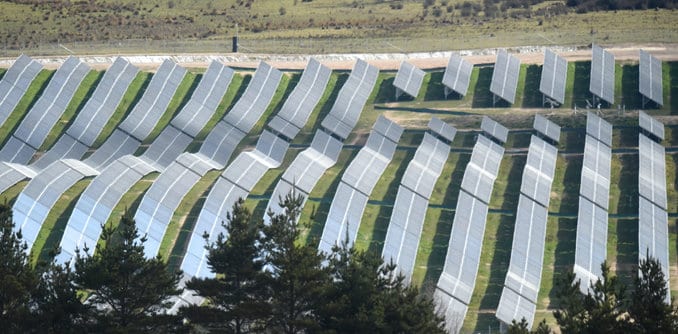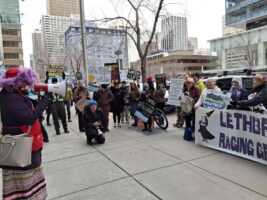
When Victorian Premier Daniel Andrews reshuffled his cabinet in May, most of the headlines were about Wade Noonan’s return after suffering mental health issues, and Lisa Neville who became the state’s first female police minister.
But from an environmental perspective there was another significant change. Energy and resources, long regarded as twin portfolios, were split. Instead, the energy brief was partnered with climate change and environment under a single minister, Lily D’Ambrosio.
On Monday, Prime Minister Malcolm Turnbull followed suit, creating a new super-portfolio of environment and energy, with Josh Frydenberg as the minister.
Linking policy development and decision-making for the energy and climate change portfolios makes sense. As a result of the historic Paris Agreement struck last year, the world – including Australia – is committed to achieving net zero emissions by 2050.
This calls for a major transformation, shifting the world’s energy away from fossil fuels and towards renewable sources like solar and wind, newer technologies such as wave and geothermal energy, and innovations like battery storage and energy demand management.
In that sense, energy and climate (and therefore the environment) go hand in hand. Decisions about energy sources have direct implications for our ability to deal with climate change. Conversely, decisions taken to reduce emissions will invariably impact on the energy portfolio. The two sectors have been crying out for better integration.
Many of the technologies needed to decarbonise our electricity system are already available. But we need to move faster. Our research at ClimateWorks Australia shows we will need at least 50% renewable electricity by 2030 if we are to decarbonise the electricity sector in time to avoid the worst effects of climate change.
This means we need policies that will push harder to help large-scale clean energy technologies reach the necessary level of commercialisation and integration.
Renewables and efficiency
Within these broad portfolios, there are particular policy areas that also need to be linked more closely with one another. In particular, renewable energy policy needs to be combined with measures to promote energy efficiency.
There is a natural synergy between renewable energy and energy efficiency, yet the two have never been systematically linked at either a national or state level. The better our energy efficiency performance, the less investment we need in new renewable energy sources to replace carbon-intensive ones. This in turn helps to lower the overall network costs and can protect households against rising power bills.
While unit prices of electricity are expected to rise as we modernise and decarbonise the energy system, household bills need not. If governments promote energy efficiency at the same time, households can reduce their energy use to offset the rising energy costs, keeping bills flat or even reducing them.
The lack of joined-up thinking between these two areas has led to missed opportunities. Some 1.5 million Australian homes have solar panels, thanks in part to the federal incentive scheme. Meanwhile, there are separate state-based incentive schemes for household energy efficiency. Why have these two never been linked? If solar panel installers could also provide household energy efficiency audits, householders could kill two birds with one stone and further reduce their demands on the electricity grid.
Household battery storage technology provides the next key opportunity to link installation incentives with renewable energy and energy efficiency. But this opportunity will again be missed if policies are not better integrated within the portfolio.
The National Energy Productivity Plan is a new policy with 34 measures aimed at improving energy efficiency. Frydenberg led this process when he chaired the COAG Energy Council last year. He has retained these responsibilities within his expanded portfolio, giving him a golden opportunity to take a truly integrated approach.
In the meantime, D’Ambrosio has taken the opportunity to review Victoria’s upcoming action plans on renewable energy and energy efficiency, to take advantage of the opportunity in her joint portfolio to ensure energy and climate policies have the close integration they need.
Whole-of-government support
Of course, integrating the energy and climate portfolios is not the whole solution. Cabinet support will still be needed to introduce integrated policies in other areas that are critical to hitting Australia’s emissions reduction targets. Examples include: putting specific regulations on emissions-intensive industries; creating market enablers for low-carbon technologies; ratcheting up green standards for buildings, vehicles and infrastructure; and ensuring planning approval systems are designed to take account of these targets.
The real work will need to happen in the federal government’s 2017 review of policies to achieve Australia’s Paris emissions target of 26-28% below 2005 levels by 2030. A recent Pricewaterhouse Coopers report found that “Australia will need to nearly double its historic rate of decarbonisation, to 4.4% annually”, if it is to meet even the lower end of this goal.
Ministers often talk about taking a “whole-of-government approach” to major issues. Yet plenty of silos still need breaking down if we are to achieve meaningful action on climate change.
The moves in both Canberra and Spring Street to bring environment, climate and energy under a single umbrella are a positive step towards better policy and real action. But, as ever, there is still plenty of hard work ahead.
Source: The Conversation. Reproduced with permission.









